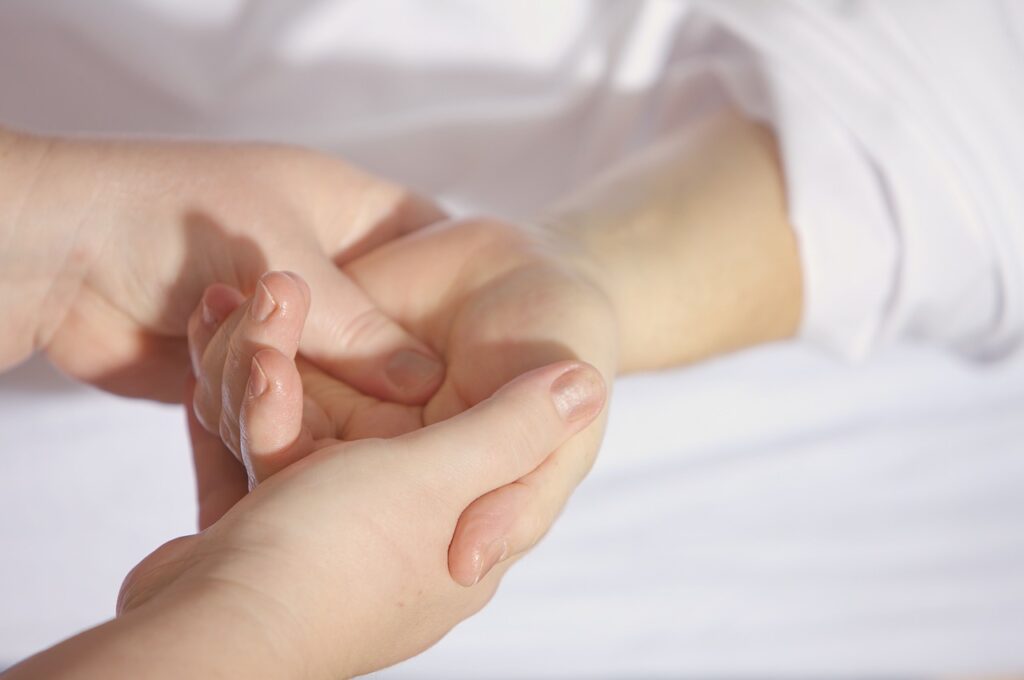Welcome to your comprehensive beginner’s guide to essential oils for health and beauty. If you’re intrigued by the healing properties and fragrant wonders of essential oils, you’ve come to the right place. This detailed guide will teach you everything you need to know about essential oils, including their origins, how they are extracted, their health and beauty benefits, and safety precautions. Let’s embark on this scent journey together and discover the transformative power of essential oils.
1. Understanding essential oils
1.1 What are essential oils?
Essential oils are highly concentrated plant extracts derived from various parts of plants, including flowers, leaves, bark, roots, etc. They are extracted through methods such as steam distillation, cold pressing, and solvent extraction. These oils capture the aromatic compounds and therapeutic properties of plants, offering a natural, holistic approach to health and beauty.
1.2 How are essential oils extracted?
Methods for extracting essential oils vary depending on the plant and its characteristics. The most common method is steam distillation, which extracts the essential oil by passing steam through the plant material. Citrus fruits are cold pressed, which uses mechanical pressure to extract the oil. Solvent extraction uses a solvent to separate the oil from the plant material. To ensure purity and potency, it’s important to choose oils that have been extracted using safe, reliable methods.
1.3 Determining quality: pure and synthetic oils
When purchasing essential oils, it is important to choose pure, high-quality oils. Pure essential oils are extracted only from natural plants and contain no synthetic additives. Synthetic oils, on the other hand, are man-made in a lab and do not have the therapeutic benefits of natural oils. Look for reputable brands that provide detailed information about how they source, extract, and test their oils.
1.4 Essential Oil Safety Guidelines
Although essential oils have many benefits, it is important to use them safely. Here are some general safety guidelines:
- Essential oils are highly concentrated and should be diluted before applying topically.
- Do a patch test to check for skin sensitivity or allergies.
- Keep essential oils out of reach of children and pets.
- If you have any underlying medical conditions or are taking medications, consult with a medical professional.
- To maintain the potency of your essential oils, store them in dark glass bottles away from heat and sunlight.
2. Essential oils for health

2.1 Boosting immunity
Essential oils etc. Eucalyptus, Tea Tree, Lemon It has antibacterial properties that can support the immune system. Eucalyptus oil It aids in respiratory health and tea tree oil has antibacterial properties. Lemon Oil It strengthens the immune system and has a mood-boosting effect.
2.2 Relief of pain and inflammation
Commonly used Peppermint oil Relieves headaches and muscle tension: Lavender oil is known for its relaxing properties, helping to relieve stress and anxiety, while Frankincense oil is known for its anti-inflammatory properties, making it beneficial for joint and muscle pain.
2.3 Supports digestive health
Many people use it frequently Ginger oil It is said to be good for digestion and helps relieve nausea and indigestion. Peppermint oil It helps relieve indigestion and bloating. Chamomile Oil It helps settle the stomach and ease digestive upset.
3. Essential oils for beauty

3.1 Skin care
Tea tree oil Its antibacterial properties make it popular for acne-prone skin. Rosehip Oil It is packed with vitamins and antioxidants that help hydrate and reduce signs of aging. Frankincense Oil It has a rejuvenating effect and helps maintain a youthful looking skin.
3.2 Hair care
Lavender oil Known for its ability to promote hair growth and thickness, rosemary oil improves scalp health, stimulates hair follicles, and helps prevent dandruff. Ylang-ylang Oil It is often used to balance oil levels on the scalp and promote healthy hair growth.
3.3 Nail and cuticle care
Lemon oil is known for its nail strengthening properties that can help improve the health and appearance of your nails, myrrh oil has healing properties and can be used to moisturize cuticles and prevent infection, and geranium oil promotes healthy nail growth and improves the overall condition of your nails.
4. Practical Applications and Usage Tips

4.1 Aromatherapy
Aromatherapy uses essential oils to create a desired atmosphere or promote certain emotional and physical effects. Inhalation techniques such as using a diffuser, steam inhalation, or adding oils to a warm bath can help promote relaxation, reduce stress, and improve focus.
4.2 Topical application
If you use essential oils topically, It is important to dilute it with a carrier oil to prevent skin irritation.Common carrier oils include jojoba oil, coconut oil, and almond oil. Dilution rates vary depending on the age group and essential oil used. Recommended dilutions are typically 1-3% for adults, 0.5-1% for children, and 0.25-0.5% for infants. You can also mix essential oils into massage oils, body lotions, facial serums, or add them to your bath water for a luxurious, aromatic experience.
5. Safety Precautions and Considerations

5.1 Allergies and hypersensitivity
Before using essential oils, it is important to know if you have any allergies or sensitivities. Do a patch test by applying diluted oil to a small area of skin and observing for any adverse reactions. Discontinue use if redness, itching or irritation occurs.
5.2 Precautions for children, pregnant women and pets
Use caution when using essential oils around children, pregnant women, and pets. Some oils can be harmful or irritating, so we recommend consulting a medical professional or veterinarian before using essential oils in these situations.
5.3 Potential interactions with medicines
Certain essential oils can interact with medications, either enhancing or inhibiting their effectiveness. If you are taking medications, it is recommended that you consult with your healthcare professional before using essential oils to ensure there are no interactions.
5.4 Storage and Retention Guidelines
To maintain the potency and effectiveness of essential oils, store them in dark glass bottles in a cool, dry place away from direct sunlight and heat. Proper storage can extend the shelf life of essential oils, which varies depending on the oil, but is usually around 1-3 years.
Congratulations! You’ve completed the comprehensive beginner’s guide to essential oils for health and beauty. Armed with knowledge about their origins, extraction methods, and benefits, you can confidently incorporate essential oils into your daily routine. Always make safety a priority by using high-quality oils, following proper dilution guidelines, and considering personal sensitivities and contraindications. Indulge in the aromatic wonders of essential oils and let their transformative power naturally enhance your overall health and beauty.
Source: Allure Blog – allure.blog




